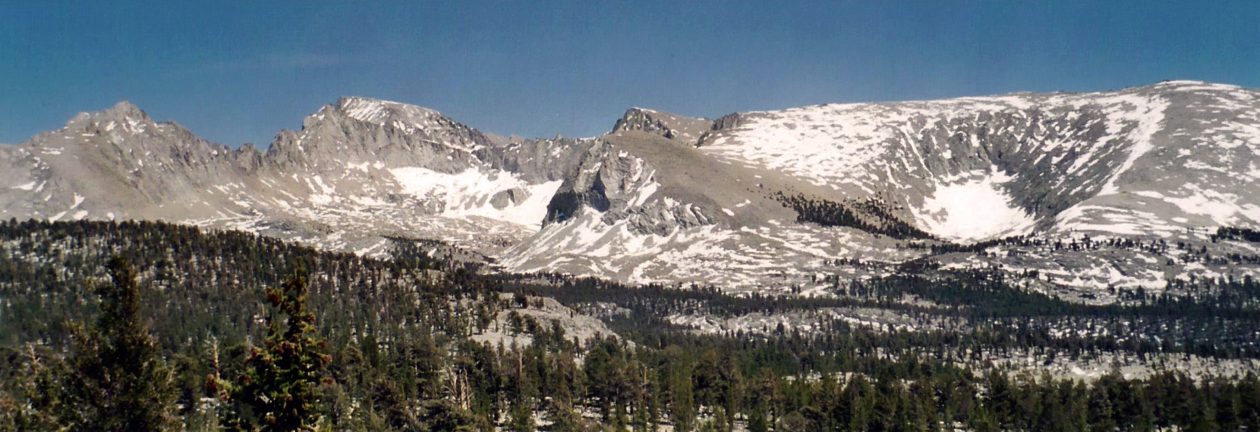Yogyakarta, Indonesia
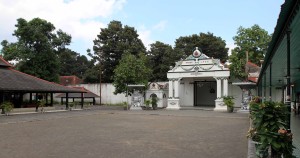
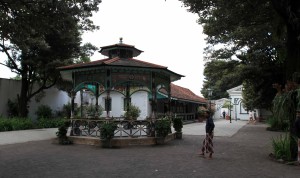
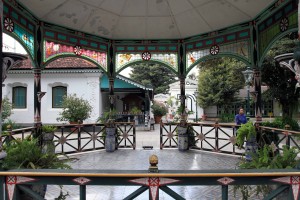
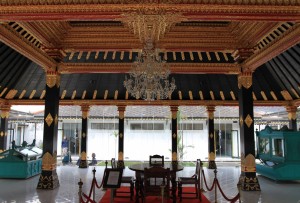
I woke up later than I had planned (I wanted to get an early start to see the Borobudor and Prambanan temples), so I adjusted my plans and went to see the Sultan’s Palace (also known as the Kraton complex) instead. So I walked to the center of the city (or at least the old city) and paid my entrance fee to see the first part of the palace, which consisted of several structures, most of them open air pavilions, used for performances or watching parades. I then walked further back and paid the entrance fee to the part of the palace the Sultan atually lived in. There were more open air pavilions, a gazebo, and many more structures which housed artifacts and portraits belonging to the last Sultan, Sri Sultan Hamengkubuwono IX, as well as his predecessors. After thoroughly exploring the buildings and courtyards that were open to the public, I exited out the south side and walked around some more of the former palace; much of the palace grounds are now lived in by locals and there were a number of people just lying around or trying to sell merchandise or food and drinks; the southern-most building was closed off.
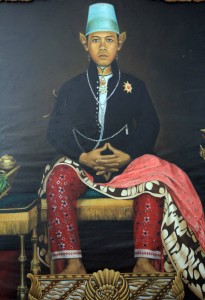
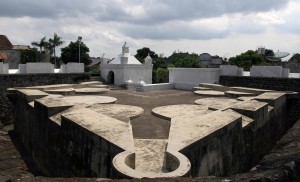
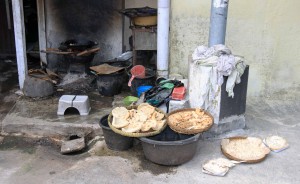
I then walked to the part of the old city wall that still stands on the south side and climbed up the steps and walked along the wall to the southeast corner, which had an interesting battlement – it was as though there was a fort and moat within the battlement, making it very well protected; it was like a secondary battlement to fall back on and make one last stand if the outer one fell in to enemy hands. The wall ended there, so I descended the steps and walked along the streets, passing by homes and some more friendly children saying “Hi” or “Hey Mister”; two girls on a bike were practicing English with me by pointing at a dog or house and saying the noun in English as well as Indonesian, but my Indonesian is non-existent and I failed to pick up on what they were saying. I eventually made it to a bus stop and since it was only 12:40, I decided to ride the city bus out to the Prambanan temple, which is located on the north eastern outskirts of Yogyakarta.
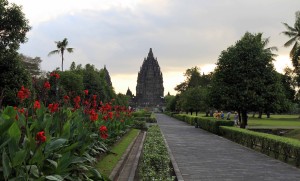
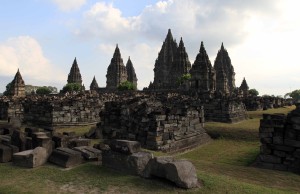
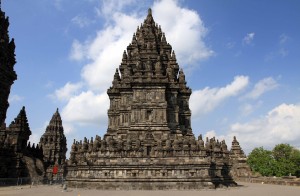
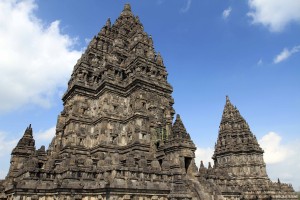
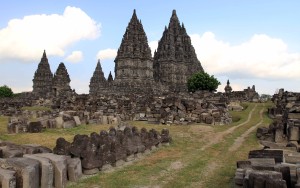
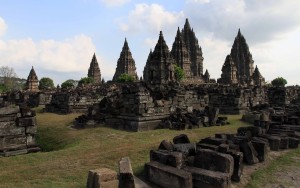
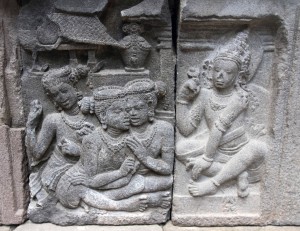
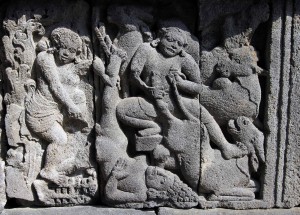
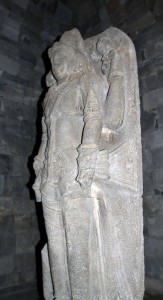
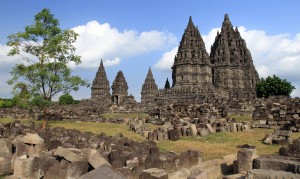
After a forty minute bus ride, we reached the end of the line – my destination. I disembarked and walked to the Prambanan temple entrance where I paid my fee and was given a sarong to wear over my long pants (everyone who visits is supposed to wear a sarong, though I saw many locals go without it). I then walked up to the very impressive Hindu temple, built in the 9th century AD and dedicated to Trimurti – the expression of God as Brahma (the Creator), Vishnu (the Preserver), and Shiva (the Destructor). The central building (unfortunately closed to visitors due to recent earthquake damage) is 47 meters high and is surrounded by smaller structures. Overall it was a very impressive temple and beautiful to look at. I walked around the compound for quite some time and entered inside all the other buildings on the main compound that I was able to. On each structure there were many sculpted reliefs to view as well. Surrounding the main compound are many piles of stone still waiting to be reassembled in to the smaller buildings that once encircled the main compound.
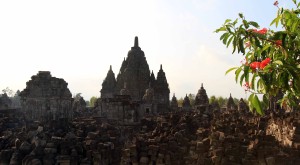
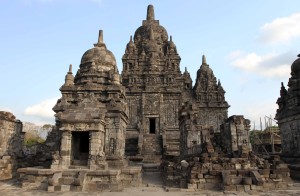
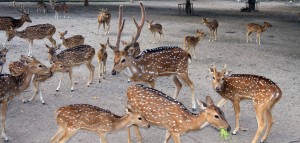
After taking in all that I could of Candi Prambanan (“candi” means “temple”), I walked to the nearby temple, Candi Lumbung, a Buddhist temple that was far from being completely restored, but still offered interesting structures to study. From the Lumbung temple, I walked to Candi Bubrah, another Buddhist temple that was now reduced to some stone bases where structures once stood – there was really nothing worth looking at. From Bubrah, I walked to the last temple located on the Prambanan park grounds – Candi Sewu, another Buddhist temple. Candi Sewu was worth walking out to; it had many complete structures with reliefs and statues; also the main building had a large chamber with an altar that – with a flashlight – you can walk behind on stone steps. A man who supposedly works there showed me around the altar and the adjacent room for about two minutes and then asked for a payment – I gave him what I thought he was worth. I then walked around the main structure and all the surrounding smaller structures. I then walked back toward the entrance of the park and passed by a deer enclosure that had more spotted deer like I had seen in Jakarta.
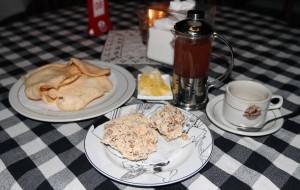
At about this time, the sun was nearly settled for the night and I walked back to the bus stop and took the next bus back in to Yogyakarta. I got off the bus on Malioboro Street and found a restaurant with a rooftop terrace to eat in. For dinner I had a hot drink called “minuman raja-raja” that had ginger in it and was supposedly the Sultan’s favorite drink; I also had “peyek” (deep fried peanuts in a crunchy flour) and “kerupuk udang” (crispy crackers made from shrimp) for appetizers (the shrimp crackers were actually better than the peanut-flour mix, which I found too salty and bitter); for my main course, I had “ayam kalio” (“ayam” means “chicken” in Indonesian), which was chicken simmered in spicy coconut curry sauce served with white rice. After dinner, I decided to indulge myself with dessert, so I had ice cream with fried banana slices covered in rum dressing and a mixed-fruit juice. After that fulfilling meal, I walked back to the hostel and settled in for the night myself.
